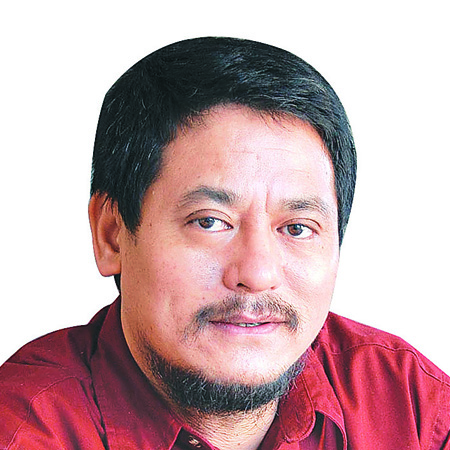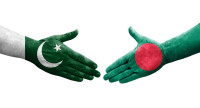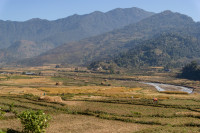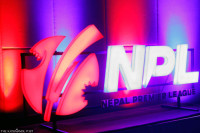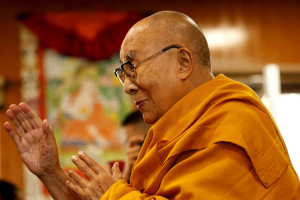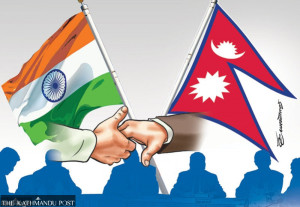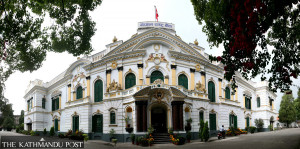Columns
A milk revolution in India, the Kurien way
Amul revolutionised milk production and sale by staying far away from the political manoeuvrings of New Delhi.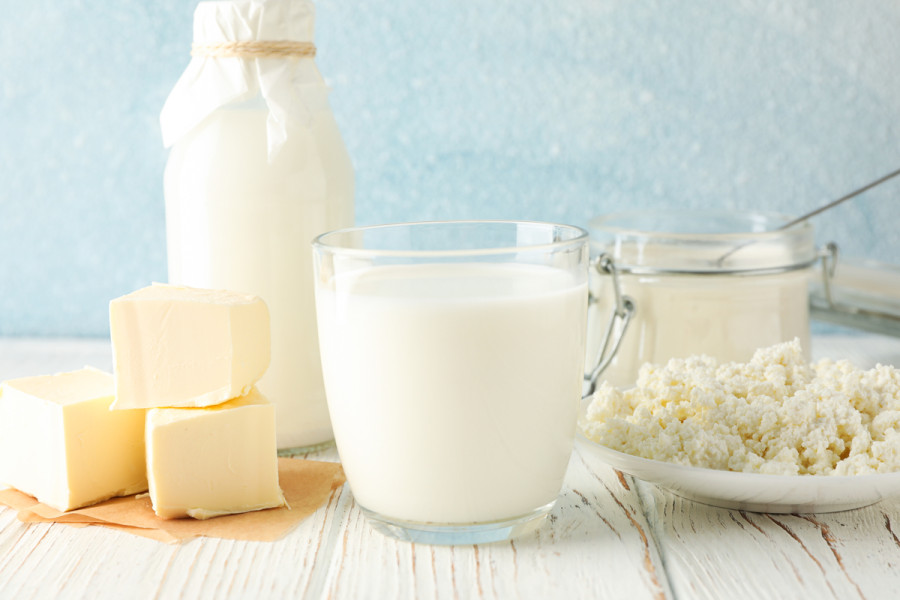
Mahendra P Lama
The Father of the White Revolution in India, Verghese Kurian, set out with three dreams when he chose Anand in Gujarat as his launchpad in the 1960s. He wanted India to be the world's largest milk producer, with its cascading impact on landless and marginal farmers. He envisioned that quality and affordably priced milk and milk products should be a grocery item reaching the remotest of consumers. This could facilitate tackling both malnutrition and poverty. Lastly, he dreamt of making milk as a significant item in India's export basket, and of India having zero dependence on milk imports.
With an output of 165 million tonnes, which amounts to 20 percent of the global production (843 million tonnes), India today is the largest milk producer in the world. In a highly populous country, the per capita availability of milk has increased from 132 gms in 1951 and 180 gms in 1997 to 351 gms 2018. Kurien's team made seven critical policy interventions for India to be self-sufficient. The United States, from the 1950s and 1970s, extended food assistance to India under the USAID Food for Peace programme. The World Food Programme too provided aid to India during this period. Given the long-term adverse impacts dependency on such programmes can have, the imported butter, oil and skimmed milk powder were judiciously recombined with the indigenous milk production and sold to consumers. This inspired farmers to participate in dairy production. As a result, the import of milk products steadily came down from 67 percent (1950-51) to nil from 1990-91 onwards.
An apex institution known as the National Dairy Development Board was launched in 1965, primarily to undertake the Operation Flood Programme (OFP) that began in 1970. A new model with three tiers of milk procurement and distribution was designed. Village cooperatives have been the nucleus of production. These village-level associations together constitute milk unions at the district and dairy cooperatives federation at the state level with apparent functions and responsibilities. It started with Anand Milk Union Limited (Amul) in Kheda district of Gujarat and steadily spread over to other regions. It involves intensive and extensive participation of the farmers in the decision-making process. By 2018, the 120,000 village cooperatives had 13 million members.
Layers of modern technologies were also inducted at each stage of milk production. Further, milk farmers were provided remunerative procurement prices with a range of production services. Hygienic liquid milk and products were made available to the consumers at affordable prices. Lastly, new generation interventions, like the internet-based Dairy Information System that connects dairy cooperatives across the country and allows for information sharing, have been initiated.
The most impressive aspects of the OFP have been the injection of appropriate, friendly and cost-effective technologies. These innovative technologies at the village level are related to changing the herd composition and bovine culture to raise productivity. To induce a structural change in the bovine pattern, newer strains having genetic superiority were introduced. This was needed because the indigenous varieties of cow, like Sahiwal, Gir, Red Sindhi and Kankrej had a much lower yield than Jersey and Holstein Friesian types.
To make the feed-fodder and milk conversion ratio more efficient, technologies like special feed and licking of urea molasses block were introduced. Operation Flood's biotechnology wing innovated new-generation preventive cures and vaccines. Fat testing machines and adulteration detection kits were made available which even illiterate farmers could use. Milk was then priced on its fat and solid non-fat and organoleptic quality, under the two-axis formula. This brought a common pricing policy for both the cow and the buffalo.
Many of the societies are run by women members only. At the district level, the procured milk would see another layer of interventions. Once the milk is obtained, it is brought to the district union and put through chilling plants. It then undergoes the process of pasteurisation, ultra heating and conversion into various products like cheese, ghee, curd and butter and packaging.
Seasonality and scarcity
India was confronted with two severe problems, of seasonality and geographical shortage, in milk production and availability. The former was caused by the herd composition, wherein areas having overwhelming cow population had milk scarcity during the summer. The later was triggered by inadequate production—like in Calcutta during the winter. This was overcome through bulk supplies by refrigerated trains under the national milk grid. The winter glut supplies of the west were dispatched to the scarcity-prone eastern region.
Amul has emerged as the largest Indian milk and dairy products manufacturer. Its producer's cooperative supplies 18 million litres of milk daily. In 2018 alone, Amul's apex body, Gujarat Co-operative Milk Marketing Federation, produced 24,939 metric tonnes of butter, 19,119 metric tonnes of skimmed milk powder and 5 million litres of flavoured milk, among others. Its export market covers the entire globe. By 2020 its revenue is likely to reach $7.4 billion.
Operation Flood had a chain of socio-economic gains as over 70 percent of the milk producers are small, marginal and landless households. Besides gainful employment, it could also reduce diabolical practices like caste and class barriers, economic inhibitions and communal biases. A village milk cooperative society is an example of a democratically constituted institutional force. Its income is even used towards creating durable social and economic assets like schools, roads, water ponds, tree plantings etc.
Aftermath of reforms
In the wake of reforms in 1991, the dairy sector opened the floodgates to private sector players including General Foods, Nestlé and Glaxo. This also led to a plethora of milk-producing and marketing ventures outside the Amul model. The cooperative societies are vehemently opposing imports from highly mechanised milk-producing countries like Australia and New Zealand under the ongoing Regional Comprehensive Economic Partnership arrangement, which includes 10 ASEAN nations and six other countries.
What I learnt from my two-year association with the National Dairy Development Board in Anand is how out-of-the-box thinking could transform an outrightly dismal situation into an all-encompassing venture; how an intelligent and incorruptible leader acquires the trust and confidence of the entire country, and how he institutionalises this support for the greater national interest. I once asked Kurien what the secret behind his success was. He emphatically said it was that the Dairy Development Board was far away from New Delhi. Kurien for his contributions undoubtedly deserves the Bharat Ratna—India's highest civilian award—and the Nobel Prize, even posthumously.
***
What do you think?
Dear reader, we’d like to hear from you. We regularly publish letters to the editor on contemporary issues or direct responses to something the Post has recently published. Please send your letters to [email protected] with "Letter to the Editor" in the subject line. Please include your name, location, and a contact address so one of our editors can reach out to you.




 9.12°C Kathmandu
9.12°C Kathmandu